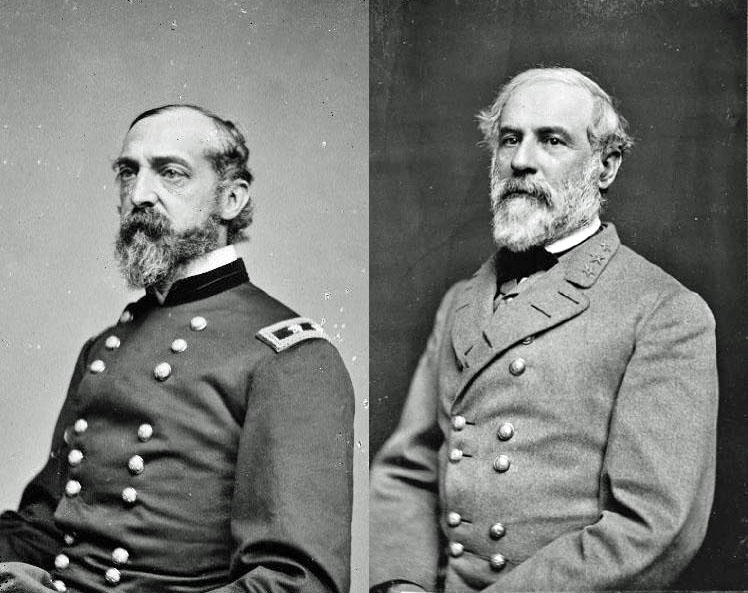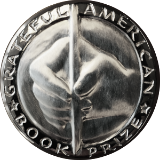July 1 — July 15, 2022
History Matters
Showing our children that their past is prelude to their future
The Battle of Gettysburg—arguably the decisive skirmish of the Civil War– started as an accidental encounter between the Union and Confederate forces. General Robert E. Lee was preoccupied with taxing the northern troops on their territory as he led his 75,000-person army through Maryland and into Pennsylvania. But, as History.com describes it, “a Confederate division under General Henry Heth marched into Gettysburg hoping to seize supplies but finding instead three brigades of Union cavalry. Thus began the Battle of Gettysburg, and Lee and [Union General George] Meade ordered their massive armies to converge on the impromptu battle site.”
The rendezvous took place July 1, 1863 and ended three days later—in blood. Lee lost 25,000 in casualties, and the Union piled up 23,000 killed, wounded, and missing in action.
The Grateful American Book Prize recommends Gettysburg: The True Account of Two Young Heroes in the Greatest Battle of the Civil War by Iain C. Martin.

During the Revolutionary War women fought alongside their husbands. Some disguised themselves as men and joined George Washington’s army. Deborah Sampson, for example, called herself Robert Shurtleff, became a private in the Light Infantry Company of the 4th Massachusetts Regiment, and was the first female to receive a military pension.
Loretta Walsh was the first to enlist in 1917’s American military service.
But it wasn’t until June 9, 1947, that a woman was elevated to the rank of an officer. Florence Blanchfield was promoted to lieutenant colonel by General Dwight D. Eisenhower.
For more information about distaff in the armed services, the Grateful American Book Prize recommends They Fought Like Demons: Women Soldiers in the Civil War by De Anne Blanton and Lauren M. Cook.

These days, a gallon of gas costs $5.00 or more, but for Ernst Pfenning—a dentist from Chicago, IL–the price was just a few pennies. On July 15, 1903, he became the first person to purchase an automobile from the Ford Motor Company. According to History.com, it was “an $850 two-cylinder Model A automobile with a tonneau (or backseat). The car, produced at Ford’s plant on Mack Street (now Mack Avenue) in Detroit, [and]was delivered to Dr. Pfenning just over a week later.
“Designed primarily by Ford’s assistant C. Harold Wills, the Model A could accommodate two people side-by-side on a bench; it had no top, and was painted red. The car’s biggest selling point was its engine, which at two cylinders and eight-horsepower was the most powerful to be found in a passenger car. It had relatively simple controls, including two forward gears that the driver operated with a foot pedal, and could reach speeds of up to 30 miles per hour (comparable to the car’s biggest competition at the time, the curved-dash Oldsmobile).”
For more information about America’s early automobiles, the Grateful American Book Prize recommends The Life of the Automobile: The Complete History of the Motor Car by Steven Parissien.

History Matters is a biweekly feature courtesy of The Grateful American Book Prize.




